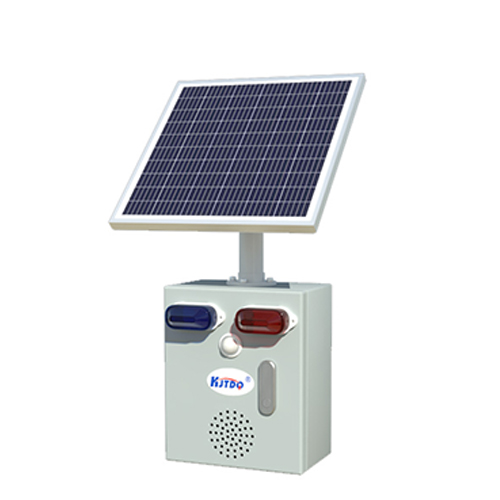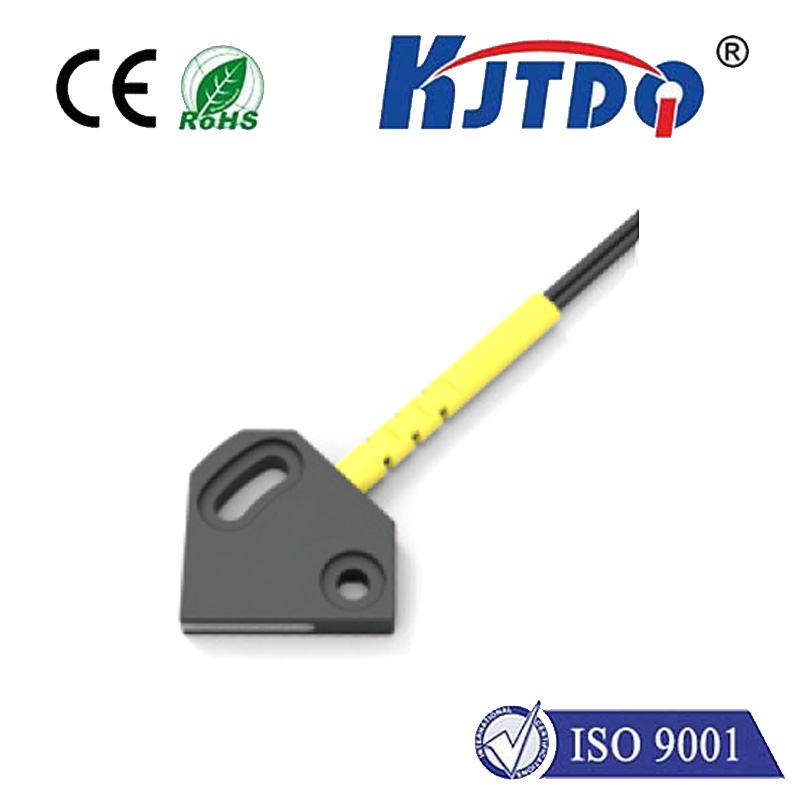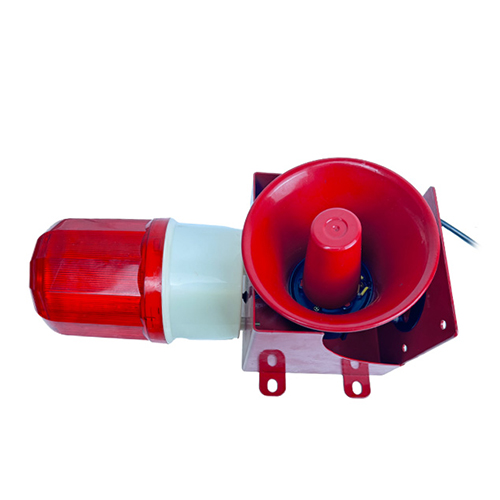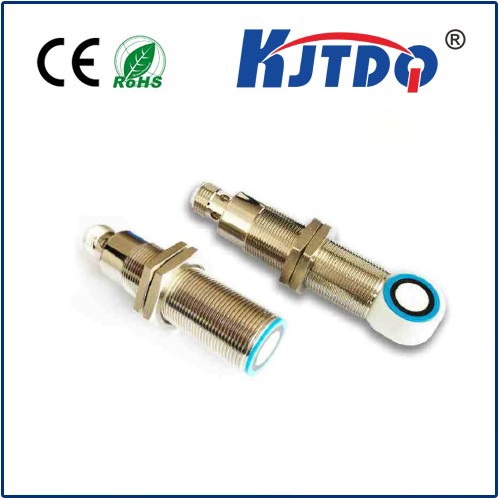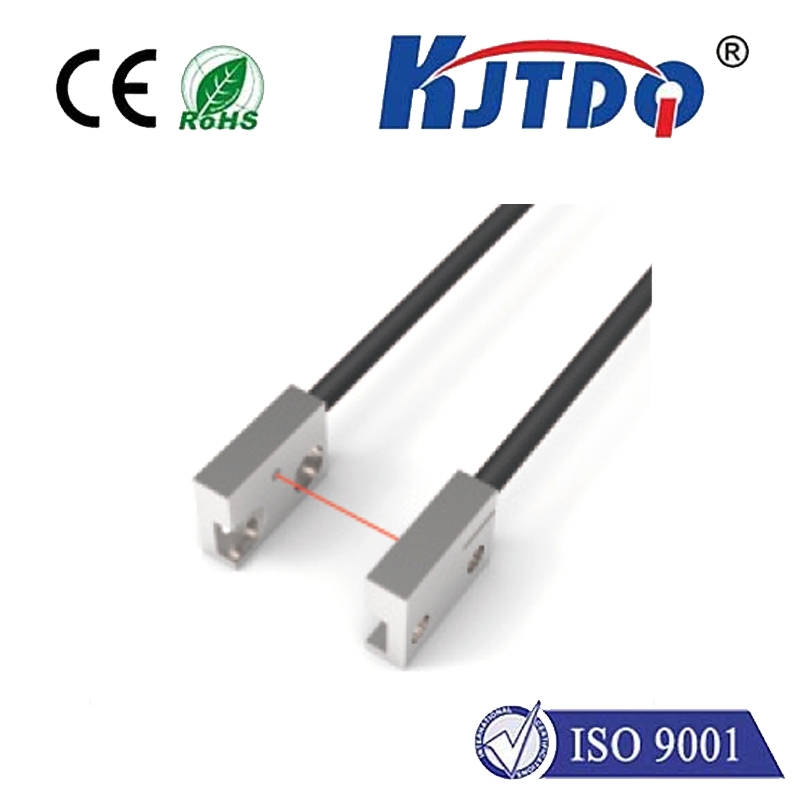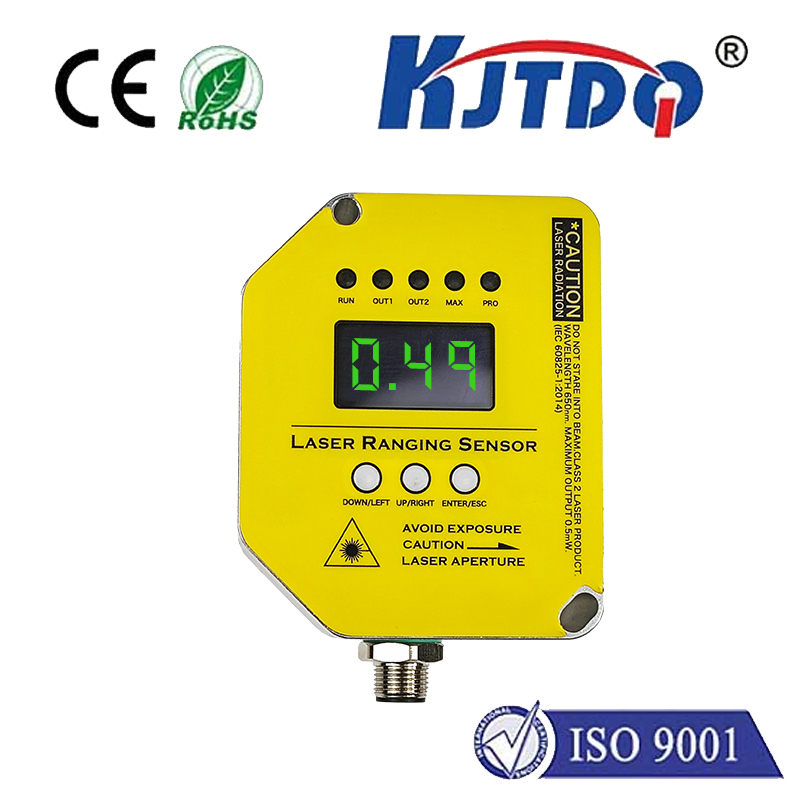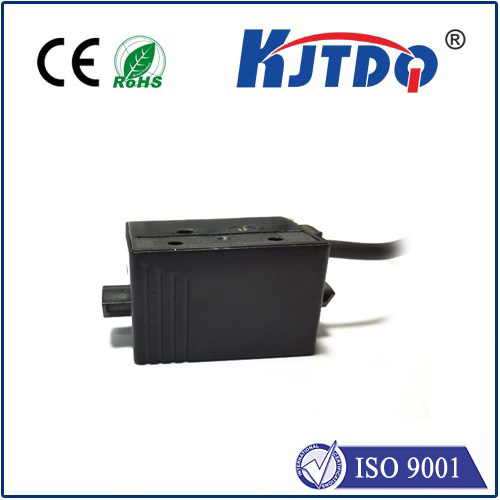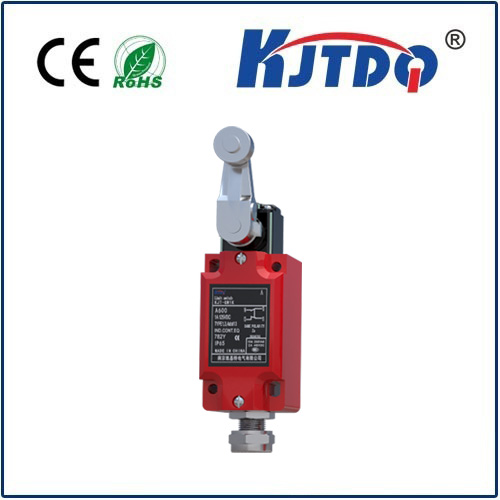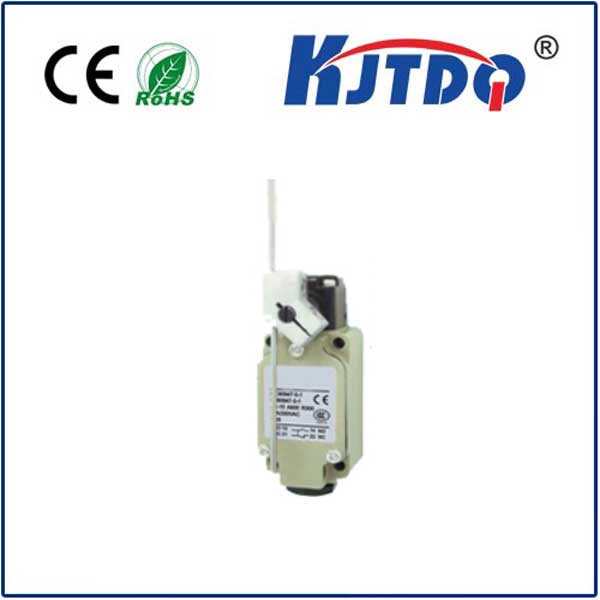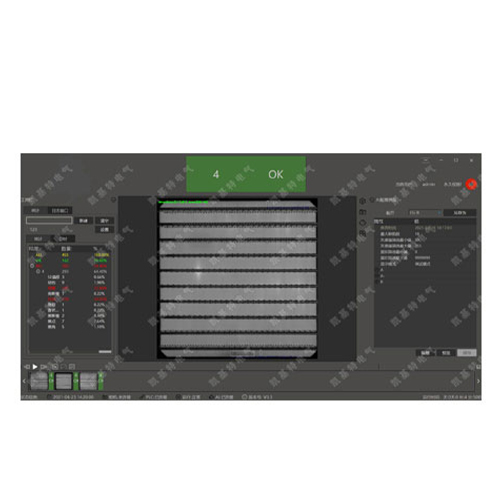laser distance measuring sensor
- time:2025-09-14 00:58:19
- Click:0
Laser Distance Measuring Sensors: The Unsung Heroes of Precision in the Modern World
Imagine instantly knowing the exact distance to a towering building facade, precisely aligning machinery components without physical contact, or navigating an autonomous vehicle safely through complex environments. This isn’t science fiction; it’s the everyday reality enabled by the remarkable technology of Laser Distance Measuring Sensors (LDMS). These compact, powerful tools have revolutionized measurement across countless industries, offering speed, accuracy, and convenience far surpassing traditional methods like tape measures or ultrasonic devices. Understanding how they work and where they excel reveals why they’ve become indispensable assets.
What Exactly is a Laser Distance Measuring Sensor?
At its core, an LDMS is an electronic device that utilizes a focused beam of coherent laser light to determine the distance between itself and a specific target point. It functions on fundamental principles of physics, primarily exploiting the constant speed of light. Unlike ultrasonic sensors that rely on sound waves, laser sensors use light, resulting in significantly higher precision, smaller beam spots, and immunity to common acoustic interference.
How Do Laser Measuring Sensors Work? The Core Principles

LDMS primarily employ one of two highly effective methodologies:
- Time-of-Flight (ToF): This is the most common principle, especially in handheld modules and longer-range sensors. The sensor emits a short pulse of laser light. This pulse travels to the target, reflects off it, and returns to a highly sensitive receiver within the sensor. An incredibly precise internal clock measures the total flight time of the pulse. Since the speed of light in air is a known constant (approximately 300,000 km/s), the sensor’s processor calculates the distance using the simple formula: Distance = (Speed of Light × Time of Flight) / 2. The division by two accounts for the round trip the light pulse makes.
- Phase-Shift Measurement: Often used in high-precision, shorter-range applications (like surveying instruments), this method involves emitting a continuous laser beam that is modulated at a specific frequency. The sensor compares the phase difference between the emitted beam and the reflected beam returning from the target. This phase shift is directly proportional to the distance traveled. While potentially offering even higher accuracy than basic ToF at shorter ranges, it can be more complex and have ambiguous range limitations beyond one wavelength of the modulation frequency.
Key Features and Advantages: Why Choose Laser?
The widespread adoption of LDMS stems from a compelling set of advantages:
- Exceptional Accuracy and Precision: Modern sensors routinely achieve resolutions down to millimeters or even sub-millimeters over significant distances. High-end industrial sensors can push this into the micrometer range for critical tasks.
- Non-Contact Operation: This is a game-changer. Measurements can be taken safely to hazardous (high voltage, moving parts, extreme temperatures), inaccessible (deep pits, overhead structures), or delicate surfaces (finished products, sensitive materials) without any risk of damage or contamination.
- Speed and Efficiency: Measurements are taken instantaneously, often in milliseconds or less. This enables real-time monitoring, high-speed automation control, and dramatically faster workflows compared to manual methods.
- Long Measurement Ranges: Depending on the sensor model and target reflectivity, ranges can extend from a few centimeters to several hundred meters, and even kilometers in specialized surveying equipment.
- Small Spot Size: The highly focused laser beam allows for precise targeting, enabling measurements on small objects or specific points on larger surfaces, minimizing errors from background interference.
- Data Output and Integration: Most LDMS offer digital outputs (e.g., analog voltage, 4-20mA, RS232, RS485, Ethernet, IO-Link, PROFIBUS, EtherCAT) allowing seamless integration with PLCs, SCADA systems, data loggers, and robotic controllers.
- Compact Form Factor: Modern designs are incredibly compact and robust, making them suitable for integration into machinery, handheld tools, and mobile platforms like drones or robots.
Diverse Applications: Where Laser Precision Shines
The versatility of laser distance sensors means their impact is felt across a vast spectrum of fields:
- Construction & Civil Engineering: Fundamental tools for surveyors (laser distance meter, total stations), checking floor levels, measuring room dimensions, verifying structural elements, monitoring settlement or deformation in buildings and bridges (structural health monitoring).
- Industrial Automation & Manufacturing: Crucial for position control (e.g., crane height, robotic arm guidance), thickness measurement (sheets, films), object detection and counting on conveyor belts, gap & edge detection, fill level monitoring in bins/silos (where appropriate), and verifying part dimensions during Quality Control (QC).
- Material Handling & Logistics: Used in forklift positioning systems for optimized warehouse navigation, pallet dimensioning, automated guided vehicle (AGV) navigation and obstacle detection, and dock door alignment.
- Automotive: Employed in automated assembly for precise component placement, ride height measurement, wheel alignment, and as a core sensor in Advanced Driver Assistance Systems (ADAS) and autonomous vehicles (LiDAR is a derivative technology using multiple laser beams).
- Renewable Energy: Critical for alignment of solar panels in large-scale solar farms and ensuring optimal blade clearance in wind turbine nacelles during maintenance.
- Forestry & Agriculture: Used for tree height measurement, timber volume estimation, and increasingly in agricultural robotics for navigation and crop monitoring.
- Archaeology & Cultural Heritage: Enables non-invasive documentation of ruins, artifacts, and historical structures through precise 3D scanning.
- Safety & Security: Forms part of systems for perimeter intrusion detection and monitoring restricted access zones.
Choosing the Right Laser Distance Sensor: Key Considerations
Selecting the optimal laser distance measuring sensor requires careful evaluation of the application’s specific demands:
- Required Range: What is the minimum and maximum distance to be measured?
- Accuracy & Resolution: What level of precision is critical? Millimeter, sub-millimeter, micrometer?
- Target Properties: What is the color, texture, and reflectivity of the target surface? Dark, matte, or transparent surfaces pose challenges and may require higher-power lasers or specific sensor models designed for poor reflectance.
- Environmental Conditions: Will the sensor be exposed to dust, moisture, fog, direct sunlight, or extreme temperatures? Look for appropriate Ingress Protection (IP) ratings (e.g., IP65, IP67) and operating temperature ranges. Ambient light immunity is crucial for outdoor use.
- Response Time & Output: How fast does the measurement need to be? What type of output signal is needed for integration?
- Beam Spot Size: How small must the measurement point be?
- Physical Size & Mounting: What are the space constraints for installation?
The Future is Precise
Laser distance measuring sensors have evolved from specialized instruments into ubiquitous tools that underpin precision, efficiency, and safety in our modern technological landscape. Their ability to deliver fast, accurate, non-contact distance readings makes them invaluable assets, driving innovation from the factory floor to the farthest reaches of infrastructure and exploration. As laser and photonics technology continues to advance, we can expect even smaller, smarter, more robust, and more affordable sensors, further expanding their reach into new applications and solidifying their role as the silent workhorses of precision measurement.






